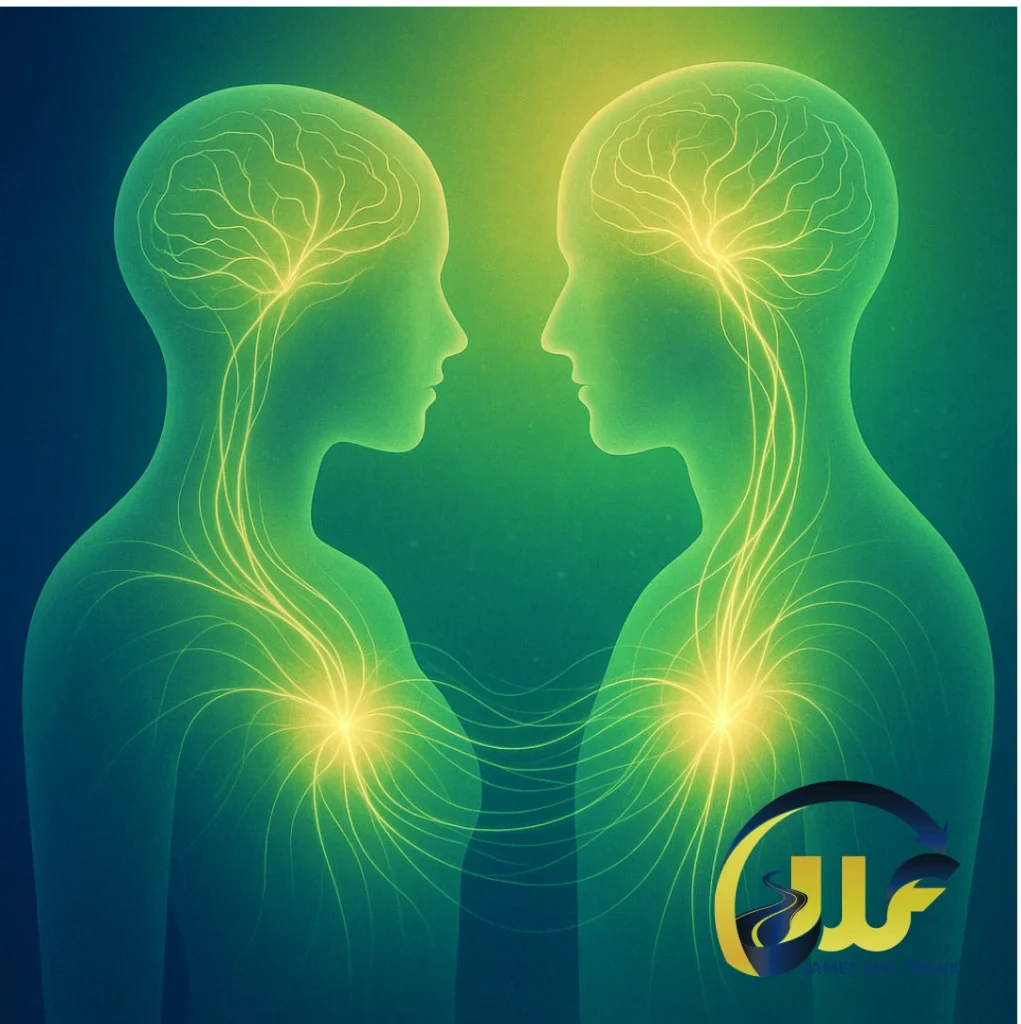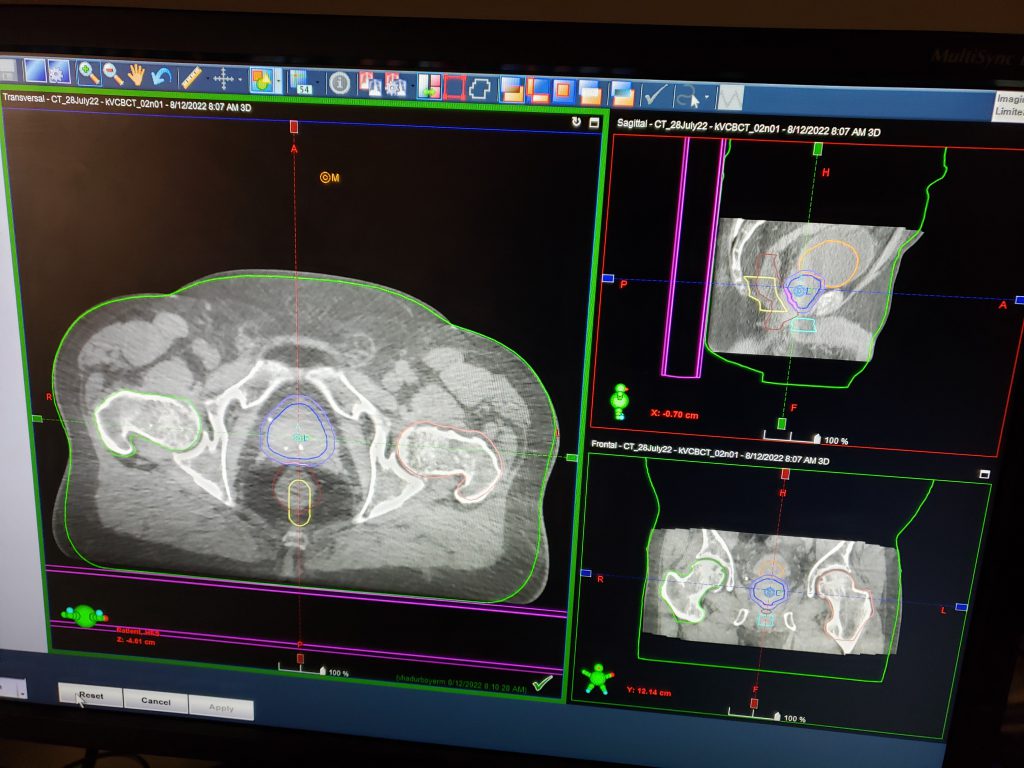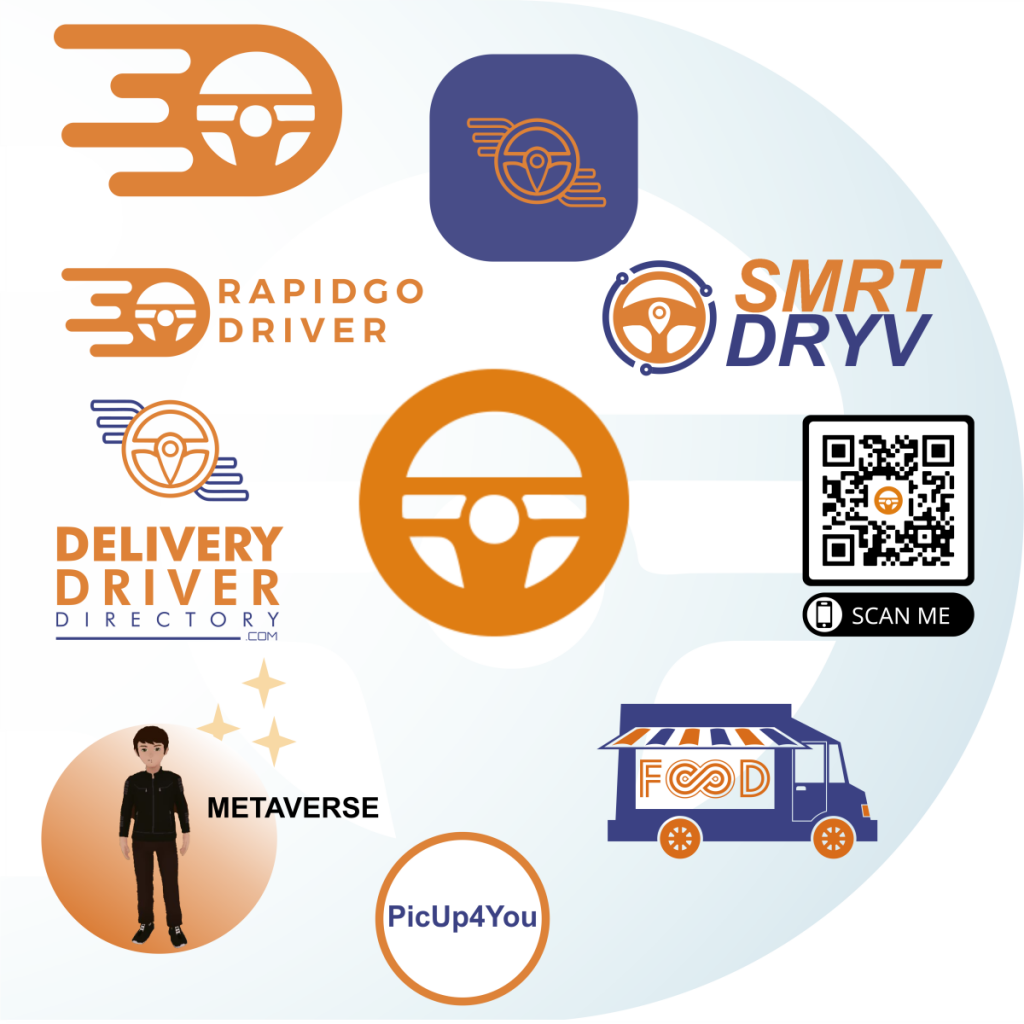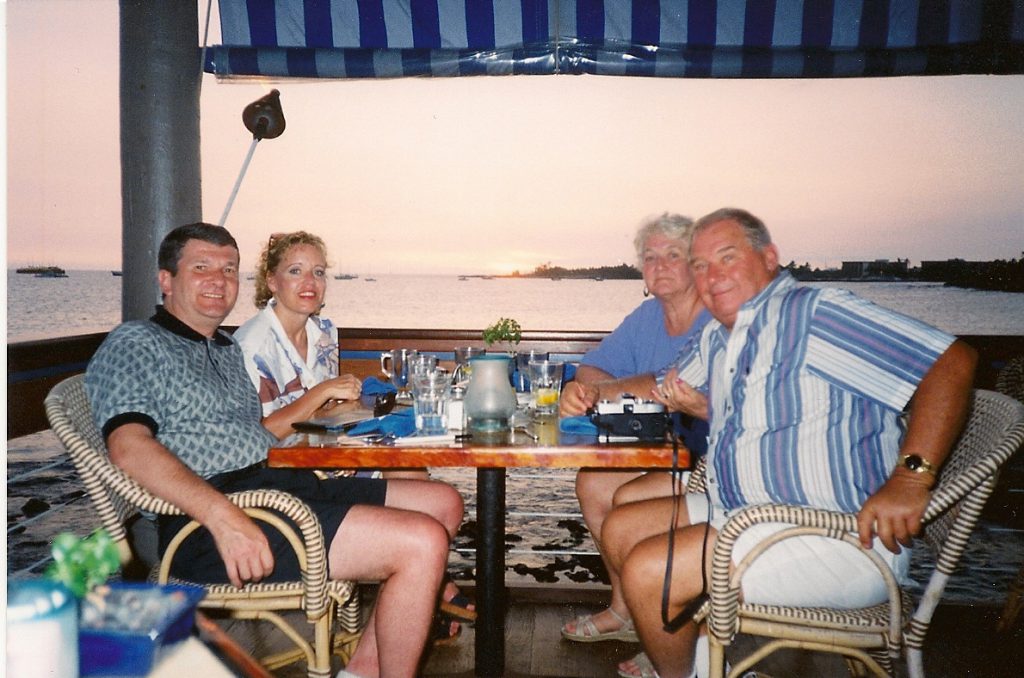
Abstract
This essay explores the intersection of predictive neuroscience and affective philosophy to propose a unified model of love and grit as forms of predictive alignment. Drawing on Lisa Feldman Barrett’s theory of constructed emotion and the free-energy framework, it argues that passion, perseverance, and love are not static emotional states but dynamic processes of interoceptive regulation and model coherence between individuals. Emotional intimacy is thus reframed as a neurobiological negotiation between two predictive systems seeking allostatic balance through mutual meaning-making.
1. The Predictive Nature of Human Experience
The human brain is a prediction machine. It continuously generates hypotheses about incoming sensory data and adjusts its models through prediction error minimization. In Barrett’s framework, emotions are not universal reactions but constructed experiences that emerge from the brain’s efforts to regulate the body’s internal energy state — its body budget.
Through this predictive process, the brain simultaneously pursues two teleological goals: perpetuating the self (“getting ahead”) and maintaining social cohesion (“getting along”). These twin imperatives are metabolically intertwined — survival and belonging share the same physiological currency. Thus, every act of thought, emotion, or relationship becomes a transaction within this predictive economy.
2. From Perseverance to Passion: The Fidelity of Expectation
Angela Duckworth’s concept of grit — sustained passion and perseverance for long-term goals — finds a complementary explanation in Barrett’s model. What Duckworth describes as “grit” may be understood as the brain’s fidelity of expectation: a stable prediction that sustained effort will yield meaning and coherence over time. Passion and perseverance are therefore not innate traits but adaptive predictions — neural habits built from repeated success in balancing energy and purpose.
When applied interpersonally, this predictive fidelity becomes the substrate of relational passion. To “love” someone is to predict that the investment of metabolic, emotional, and temporal energy into that relationship will sustain or enhance one’s allostatic equilibrium. Passionate attachment, then, is the brain’s long-term bet that connection yields coherence.
3. Interoception, Allostasis, and the Construction of Love
Love, in this light, is not the flame of an ancient emotion but a finely tuned regulatory process. Each encounter with a loved one involves the comparison of current interoceptive states to remembered predictions of prior encounters. The brain continuously updates its internal model of the other, seeking to reduce prediction error and maintain allostatic harmony.
This means that every conversation, embrace, or silence becomes a micro-experiment in prediction alignment. When alignment is high, we experience intimacy and peace — our nervous systems co-regulate. When alignment falters, prediction error surfaces as conflict, longing, or emotional distance.
Crucially, this framework reframes vulnerability not as weakness, but as the necessary permeability of a predictive system open to updating. To remain open to love is to allow one’s model of the world — and of oneself — to be rewritten.
4. Emotional Intimacy as Mutual Model Coherence
In relational neuroscience, synchrony between individuals — measured through heart rate variability, micro facial expressions, and brainwave coherence — reflects shared prediction. When two brains achieve predictive entrainment, they reduce each other’s uncertainty, creating a shared emotional reality. This mutual reduction of entropy is the neurobiological essence of intimacy.
Thus, emotional closeness can be viewed as a dynamic equilibrium between two self-organizing systems co-constructing a coherent narrative of “us.” The more efficiently two people can metabolize surprise — reinterpret unpredictability not as threat but as curiosity — the more resilient their connection becomes.
In this sense, love is the highest form of cognitive flexibility. It demands the continual revision of prior expectations in the presence of another’s evolving truth.
5. Vulnerability and Growth: The Function of Predictive Error
Prediction error in relationships — the moments when the other surprises us — is not a flaw but a feature. It fuels adaptation, allowing the brain to refine its internal model. Without error, no growth occurs. Without vulnerability, no intimacy deepens.
This perspective reframes heartbreak as an energetic recalibration — a profound reorganization of predictive models once bound to another’s presence. Love’s joy and suffering are not opposites but sequential phases of model evolution. To endure loss is to survive the collapse of shared prediction and to reconstruct coherence anew.
6. Teleology and the Human Story
From this vantage, the human organism reveals itself as a teleological predictor — a being forever acting to create evidence for its own coherence in an unpredictable world. Love, perseverance, and meaning are all expressions of this same principle: the drive to sustain predictive harmony between self, other, and environment.
To love is to test the accuracy of our models against the unpredictability of another consciousness. To persevere is to keep predicting coherence even when uncertainty abounds. Together, they define the essence of what it means to be alive — a self-constructing narrative, constantly rewritten by the data of relationship and surprise.
Conclusion
Love is not the opposite of uncertainty but its most eloquent negotiation. In each encounter, our brains recalibrate, our bodies budget, and our predictions seek resonance with another’s. This continuous alignment — fragile, adaptive, and metabolically profound — transforms existence into meaning. We are, in the final analysis, predictive beings forever acting to create evidence for ourselves in a world that surprises us into becoming.


















